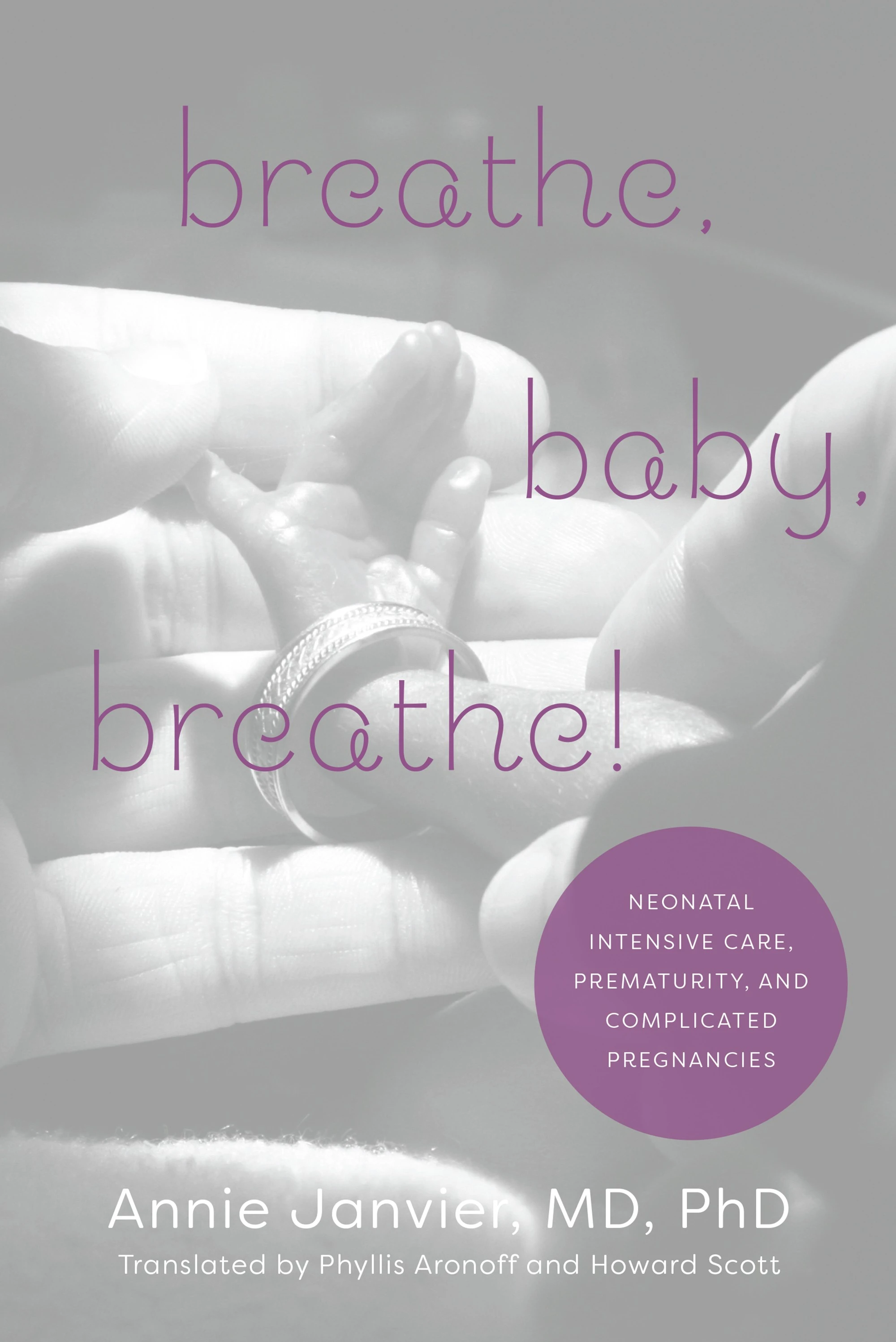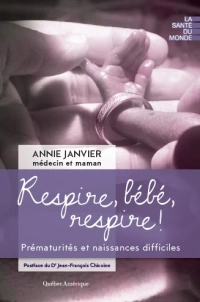I realize that I didn’t answer the question in the title of the previous post. It could even seem that I think the EEG is not a very useful monitor, as many babies were inappropriately treated even when using an EEG.
In contrast, I think treating a baby with suspected convulsions or at high risk of convulsions without continuous video-EEG monitoring is seriously problematic. At least if an EEG is in place there can be a later review of it and comparing timings and videos to the trace when the baby appeared to be having a seizure can confirm or infirm the clinical diagnosis. Electrographic only seizures are also common, especially after anticonvulsant treatment. Phenobarbital and phenytoin are both often followed by electroclinical dissociation; I tried to look for evidence about levetiracetam, which has a different, poorly understood anticonvulsant mechanism, but I didn’t find any data about electrographic only seizures and levetiracetam treatment in the newborn.
I wish I was as good at getting EEG recording working as the group in Cork, who have just performed EEG in the operating room in 49 healthy term babies after elective cesarean section. (Finn D, et al. EEG for the assessment of neurological function in newborn infants immediately after birth. Arch dis childh FN 2018). They were able to very quickly get usable recordings from all the babies, and describe the normal transitional EEG.
The same group has also shown that phenobarbital probably does do something for seizures in some babies, a loading dose of phenobarbital (only effective at 20 mg/kg) led to a 74% reduction in hourly seizure burden within the first hour after administration (Low E, et al. Short-Term Effects of Phenobarbitone on Electrographic Seizures in Neonates. Neonatology. 2016;110(1):40-6). But then by 4 hours there was no longer an effect evident in terms of electrographic seizures; As many of those seizures are not clinically evident, treating the babies without EEG really means you are flying blind.
Some of the best data about the impact of EEG monitoring comes from 2 trials where the care team was masked to the EEG (in both cases a 2 channel aEEG with 2 channel EEG available for review).
In the study from Terrie Inder’s group (Lawrence R, et al. A pilot study of continuous limited-channel aEEG in term infants with encephalopathy. The Journal of pediatrics. 2009;154(6):835-41 e1) full term babies with encephalopathy were randomized to have a conventional EEG followed by aEEG, in which all was visible to the attending team, including an automated seizure detection algorithm, or a conventional EEG followed by masked aEEG. This was an underpowered pilot study, which enrolled 20 patients per group (I can imagine enrolment being super-difficult for a study like this!) 13 masked and 12 open aEEG babies developed seizures. The seizure burden was much higher in the group with the masked aEEG, over 5000 seconds compared to 2,500 (means) but the difference were not “statistically significant”. Incidentally the seizure detection software was not very sensitive, only picking up 55% of the seizures, but performed better for longer seizures, detecting 87% of seizures over 60 seconds. (specificity wasn’t bad with only an average of one false alarm every 11 hours).
The other study was a multicenter trial from Holland and Belgium that included full term infants with HIE and enrolled them when they were confirmed to have subclinical seizures (van Rooij LG, et al. Effect of treatment of subclinical neonatal seizures detected with aEEG: randomized, controlled trial. Pediatrics. 2010;125(2):e358-66), in the masked group the aEEG that was being recorded was then hidden, and in the visible aEEG group the caregivers were supposed to treat both clinical and electrographic only seizures. They were eventually able to include 33 babies, 19 in the visible and 14 in the masked group. Seizure burden was on average more than twice as high in the masked group (500 minutes versus 190) but this again was not thought to be “statistically significant”. I can’t see if the follow up of the patients from this trial has been published.
Having the aEEG with at least 2 channel EEG available for review and confirmation does seem to substantially reduce the seizure burden. It can also help you to reduce the numbers of babies without seizures who are receiving anticonvulsants.
The guidelines of the American Clinical Neurophysiology Society promote continuous video EEG for all babies with paroxysmal events, babies at high risk of seizures, and babies with encephalopathy.
Conventional video-EEG monitoring is the gold standard for neonatal seizure detection and quantification and should be used whenever available for seizure detection and differential diagnosis of abnormal appearing, paroxysmal clinical events. It is the ideal tool to measure the exact number and duration of seizures, their site(s) of onset and spatial patterns of migration. However, if there are obstacles in obtaining conventional EEG monitoring, then aEEG can be a useful, initial complementary tool. Because of data showing poorer sensitivity and specificity for seizure detection single and dual channel aEEG alone are not recommended for this purpose if conventional EEG is available. If seizures are suspected on aEEG, this committee recommends that conventional EEG monitoring, if available, should begin as soon as possible to confirm and refine the electrodiagnosis.
Many of these babies turn up at 3 am, and like many centers, we do not have on call EEG technicians at night, so initial aEEG is the default, followed by conversion to full EEG the next morning, I think that is a reasonable alternative, as long as the aEEG functions immediately, and someone who has training on how to interpret the trace is around to look at it frequently. As I pleaded before, we need simple foolproof methods for obtaining EEG and detecting seizures reliably.








